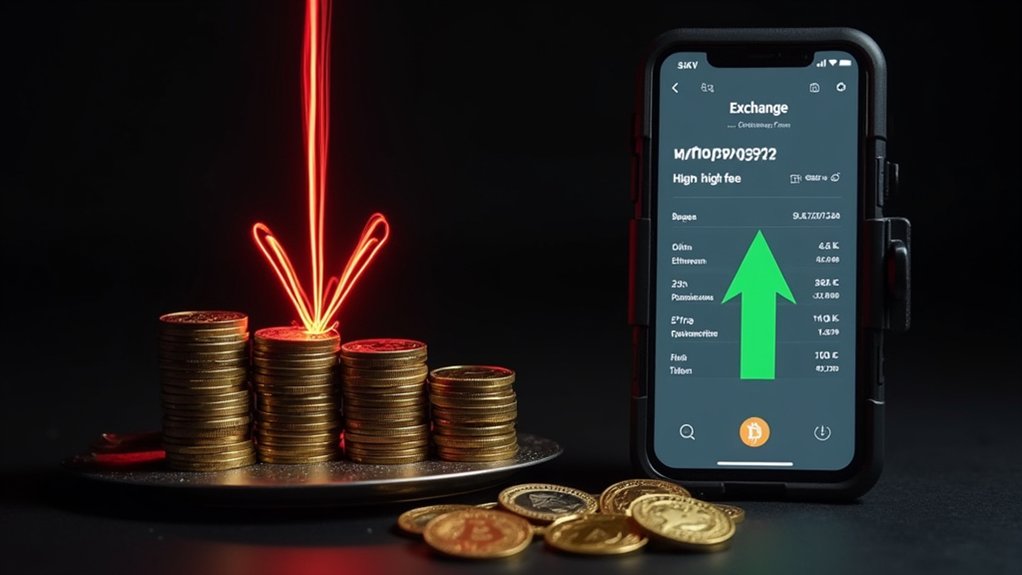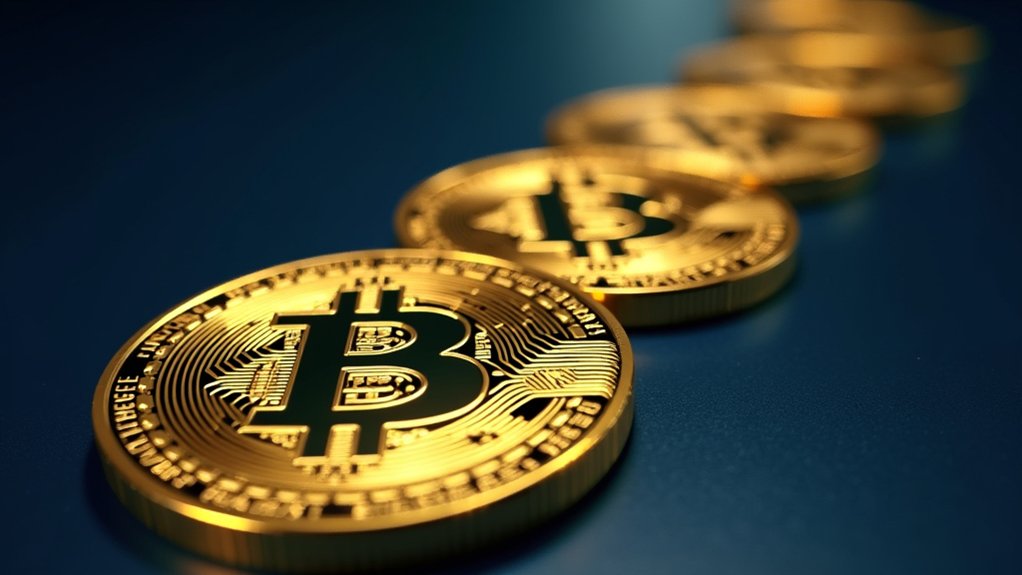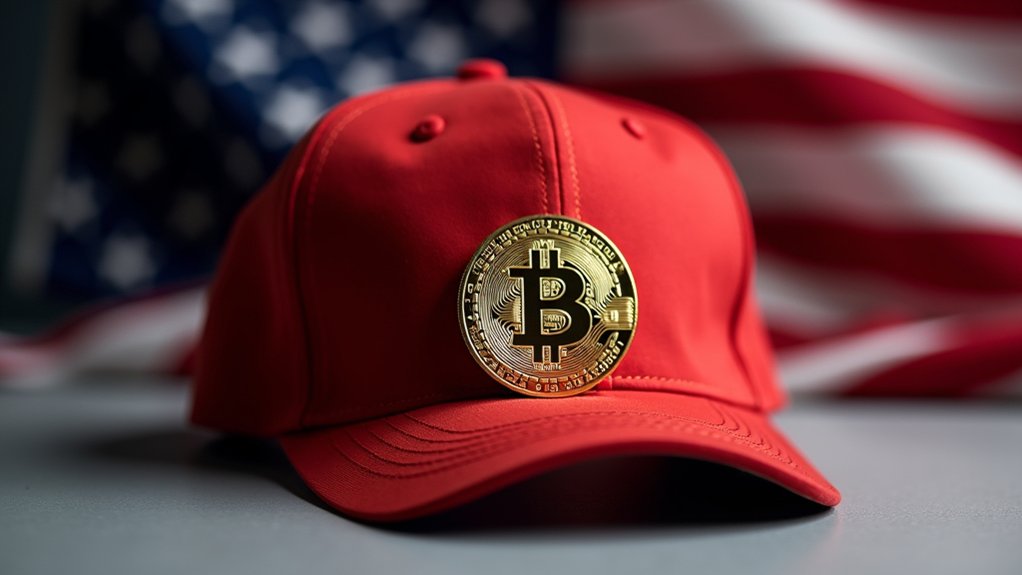Every crypto transaction comes with a price tag. That’s just reality in the digital asset world. When moving crypto from exchanges to cold wallets, users often face a barrage of fees that can seriously eat into their holdings. Not small change either.
Exchanges implement diverse fee structures for withdrawals. Gemini charges a hefty $125 per withdrawal from Custody to Exchange. Ridiculous, right? Others like Coinbase simply pass on network transaction costs. These fees fluctuate wildly based on network congestion—they’re disclosed at transaction time but estimates can be way off. Classic bait and switch.
Network costs themselves vary dramatically. Bitcoin’s average transaction fee was about $0.60 in late August 2024. Ethereum’s gas fees, meanwhile, rise and fall like a rollercoaster depending on network traffic. The busier the blockchain, the more you pay. Simple as that.
Exchange fee structures get complicated fast. Most use tiered maker-taker models based on 30-day trading volume. Coinbase charges 0.40%-0.60% for small traders. Kraken and Gemini offer more competitive rates for high-volume traders. The house always wins.
Then there are the hidden costs. Spreads embedded in prices. Fiat deposit fees reaching 3.49% for debit cards. Wire transfer withdrawal fees up to $25. Recovery fees for sending unsupported cryptocurrencies. They’re everywhere, lurking in the fine print. Non-custodial wallets offer greater privacy with minimal regulatory oversight compared to heavily regulated exchanges.
Alternatives exist. Direct purchases to cold wallets can bypass exchange withdrawal fees entirely. Users can also explore regulated exchanges for more transparent fee structures when planning their crypto strategy. Peer-to-peer transactions through social media or newsgroups offer another route. Some platforms provide direct-to-wallet purchases with different fee structures. Cold storage eliminates ongoing custody fees and reduces exchange-specific risks.
Regulatory requirements drive up costs too. U.S.-based exchanges must comply with FinCEN and SEC rules. These compliance costs trickle down to users through higher fees. International exchanges might offer better rates, but access varies by location.
Smart traders reduce fees by using bank transfers, placing limit orders, increasing trading volume, or holding exchange tokens. Some exchanges waive withdrawal fees for specific cryptocurrencies. Know the system or pay the price.





